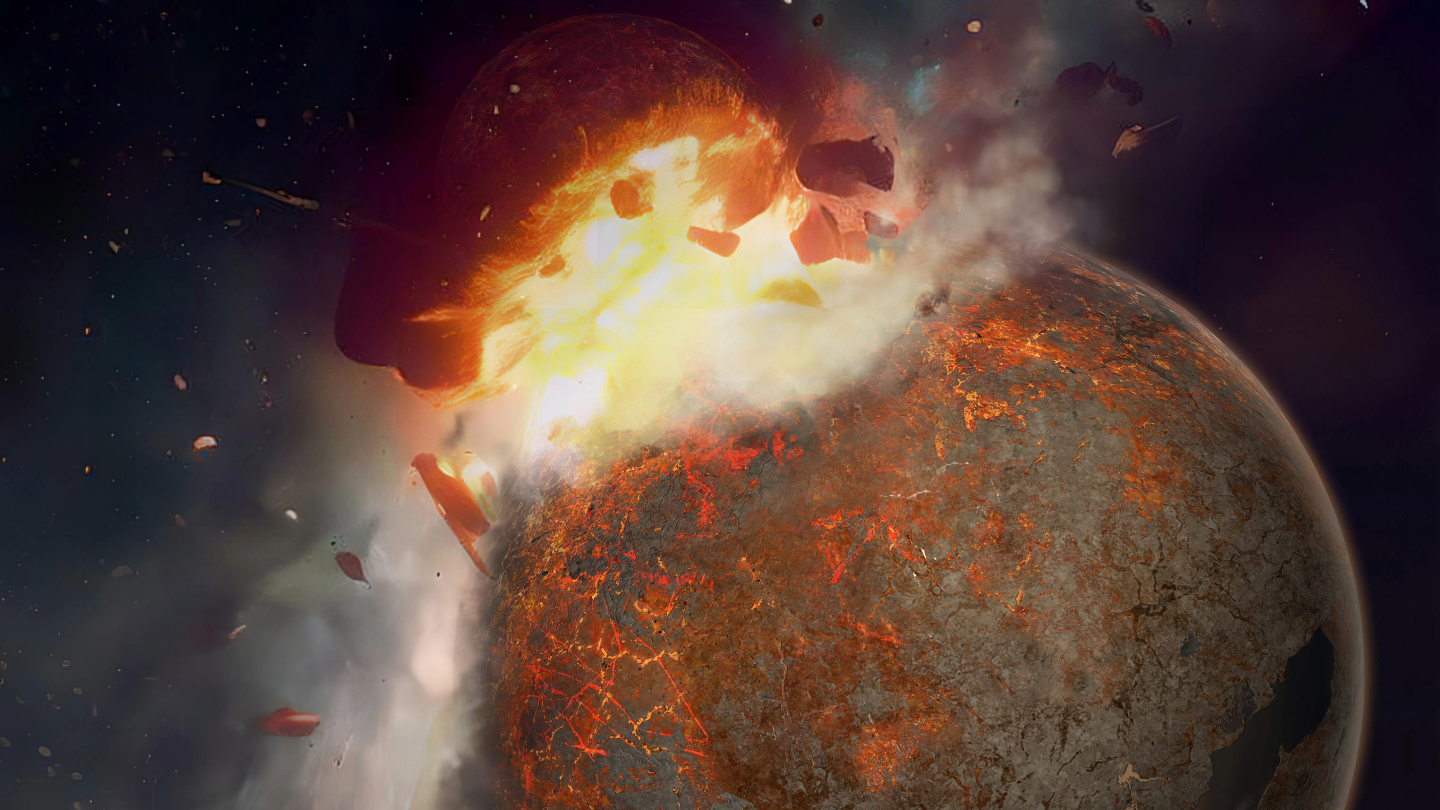About 4.5 billion years ago, a Mars-sized object smashed into the young Earth, spraying debris that coalesced to form the moon, many scientists think. Some remnants of that object, called Theia, exist today as large amounts of dense material sitting atop Earth’s core, researchers propose November 1 in Nature.
Some researchers have suggested these masses are the remnants of tectonic plates that were shoved beneath others and then sunk down to the boundary between Earth’s outer core and the overlying mantle. But Yuan and his colleagues offer a different origin story.
The moon is only about 2 percent the mass of Earth, which leaves a substantial amount of Theia unaccounted for. So, using supercomputer simulations, the researchers tracked the fallout from a smashup between the nascent Earth and another object about 10 percent as massive.
In the simulations, each body before the collision had a dense iron core swaddled by a mantle of lighter rocks. Each object was digitally subdivided into particles about 10 kilometers across, so that the postimpact fragments could be tracked, says study coauthor Vincent Eke, a computational physicist at Durham University in England. In all, the team’s simulations tracked about 100 million particles, he notes.
2023-11-01 11:42:04
Link from www.sciencenews.org
